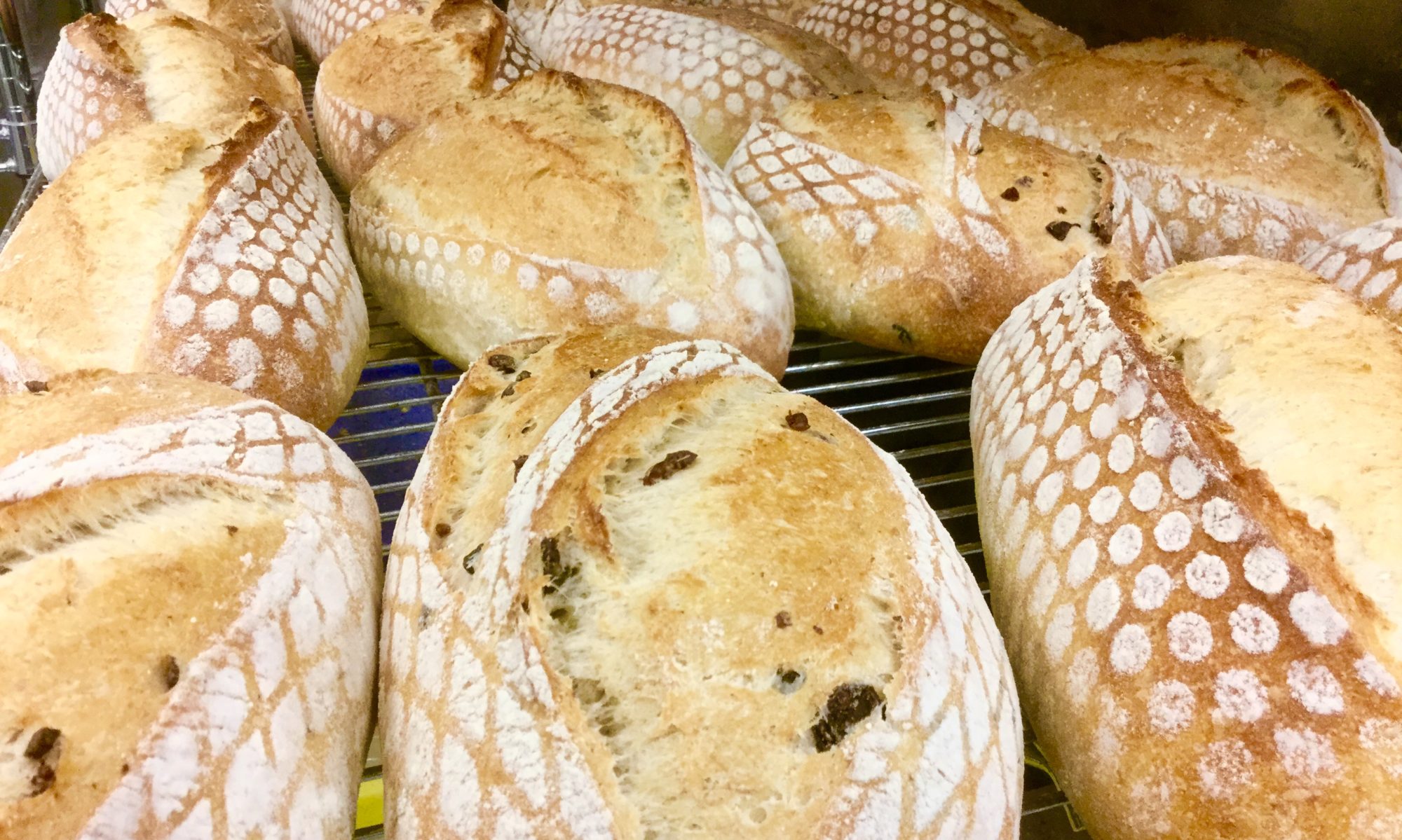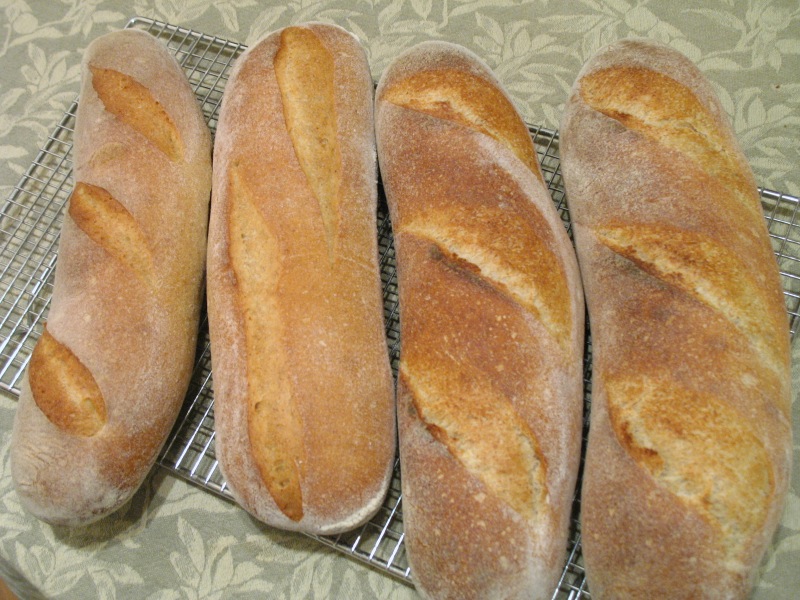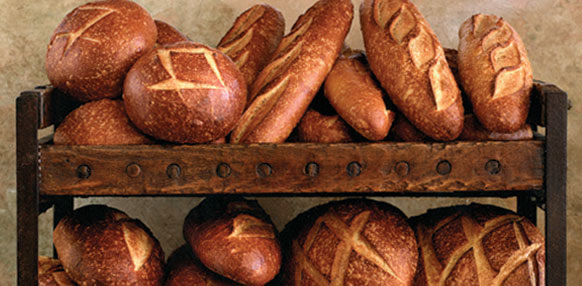Well, doggone. It’s actually possible to get not too bad loaves made after all!
So this time around: double (or full) recipe, still working with Susan’s Norwich Sourdough from the Wild Yeast Blog since we know it works and don’t want to introduce new variables yet but I decided to make four loaves since I felt rather confident due to the last loaves, that I had the more destructive kinks under control, namely burning oven and poor proofing. Continue reading “Round Six: Much improved”



